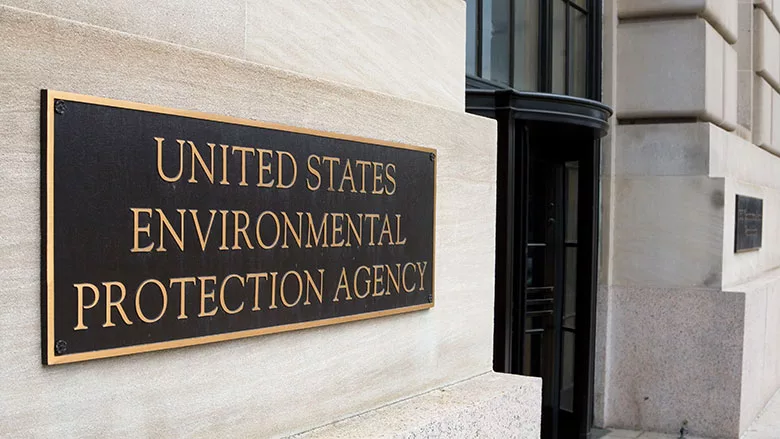Sackett vs. EPA May Again Redefine WOTUS
Case a Tangle of Water, Private Property, Regulatory Concerns

Source: Getty Images
The Driller Newscast correspondent Brock Yordy has hosted weeks of discussions about the Sackett vs. EPA case before the U.S. Supreme Court. I encourage you to watch or listen to his commentary and expert interviews. Arguments have begun and they could have wide implications for how we regulate subsurface water.
First, a primer. A family called the Sacketts bought property near Priest Lake, Idaho, in 2007, secured local permits and started building a home. The U.S. Environmental Protection Agency ordered work to stop, calling their property a wetland associated with nearby navigable waters under EPA jurisdiction as “waters of the U.S.”
For context, imagine what you’d see on a walk north-northeast from nearby Priest Lake. You pass a row of lakefront homes, a road, the Sackett’s property, another road, then a ditch and marshland beyond. The dispute comes from what the EPA says happens hydrologically on the same walk. The agency maintains that the marshland north of the property reaches much farther south than the ditch and even the road separating the property from the marsh seen on the surface. They argue the flow of water under the Sacketts’ property drains into the ditch, which drains into a creek farther east, which drains into Priest Lake.
The EPA has considered marshlands to be WOTUS for decades, regardless of apparent barriers — like roads or even dams — on the surface. That makes sense when you think it through. Professionals in this industry know how porous the subsurface can be, and how determined water is.
The Sacketts argue they bought the property, secured the necessary permits and should be able to build without federal government intrusion. Private property rights usually make a compelling case. They sued, first to secure their ability to contest the EPA’s claims. That case made it to the Supreme Court in 2012, which ruled unanimously that they could. Now, 10 years later, that challenge itself to the EPA’s authority is before the court.
What’s at stake? How we define “waters of the U.S.” That definition, it seems, has fluctuated in the 10 years I’ve covered this industry (and, I’m sure, well before that). Anything considered WOTUS falls under the Clean Water Act and EPA jurisdiction. The Obama administration expanded it. Critics worried the smallest drilling fluids or chemical release in a ditch somewhere would bring the wrath of regulators. The Trump administration tried to contract it, pushing other folks to worry genuine environmental issues would go unregulated.
Reading through coverage of this month’s opening arguments and questions asked by the justices, I have no idea how this might turn out. Justices seemed to put a high value on water while at the same time questioning the extent of the EPA’s reach. The Sacketts’ representatives have good points. Surely, limits must exist to give landowners clarity over what they can and cannot do with their property. Still, everything I’ve learned about hydrology in 10 years covering the groundwater industry tells me that neither a ditch or road would block any subsurface flow.
What I do know is how important this could prove for folks who work in drilling and groundwater. What we mean by WOTUS can have wide implications, from permitting to fluids management to disposal. Take some time with our coverage to catch up and get informed. How you do your work may depend on it.
What do you think? How would a change in the definition of WOTUS affect your business? Send an email to verduscoj@bnpmedia.com.
Stay safe out there, drillers.
Step Up to the Mic
Working on an interesting project or have industry wisdom to share? Email verduscoj@bnpmedia.com to be considered for a guest spot on Drilling In-Site.
Looking for a reprint of this article?
From high-res PDFs to custom plaques, order your copy today!




